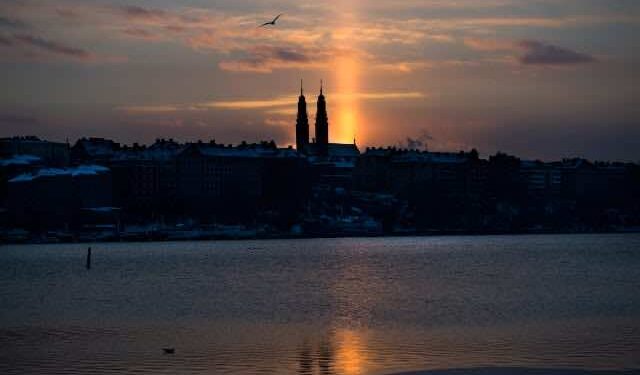Today Dec. 21 marks the winter solstice, which represents the shortest day and longest night of the year in the northern hemisphere.
What exactly is the winter solstice?
The December solstice happens at the same instant for all of us, everywhere on Earth. This year the solstice occurs on Wednesday December 21st at 10:44 GMT (Universal time).
The winter solstice happens every year when the Sun reaches its most southerly declination of -23.5 degrees. In other words, when the North Pole is tilted farthest – 23.5 degrees – away from the Sun, delivering the fewest hours of sunlight of the year.
Does the winter solstice always occur on December 21st?
While it more often than not falls on December 21st, the exact time of the solstice varies each year.
In the Northern hemisphere the winter solstice is the shortest day of the year, because it is tilted away from the sun, and receives the least amount of sunlight on that day.
However, the earliest sunset does not occur on the solstice, because of the slight discrepancy between ‘solar time’ and the clocks we use.
The shortest day of the year often falls on December 21st, but the modern calendar of 365 days a year – with an extra day every four years – does not correspond exactly to the solar year of 365.2422 days.
The solstice can happen on December 20, 21, 22 or 23, though December 20 or 23 solstices are rare.
The last December 23 solstice was in 1903 and will not happen again until 2303.
In Qatar, the sun rose around 6:15am today. Daylight will last a little more than 10 hours, with sunset expected around 4:50pm.
Starting tomorrow, the days will become longer until about March, when daytime and nighttime begin to even out into similar durations.





